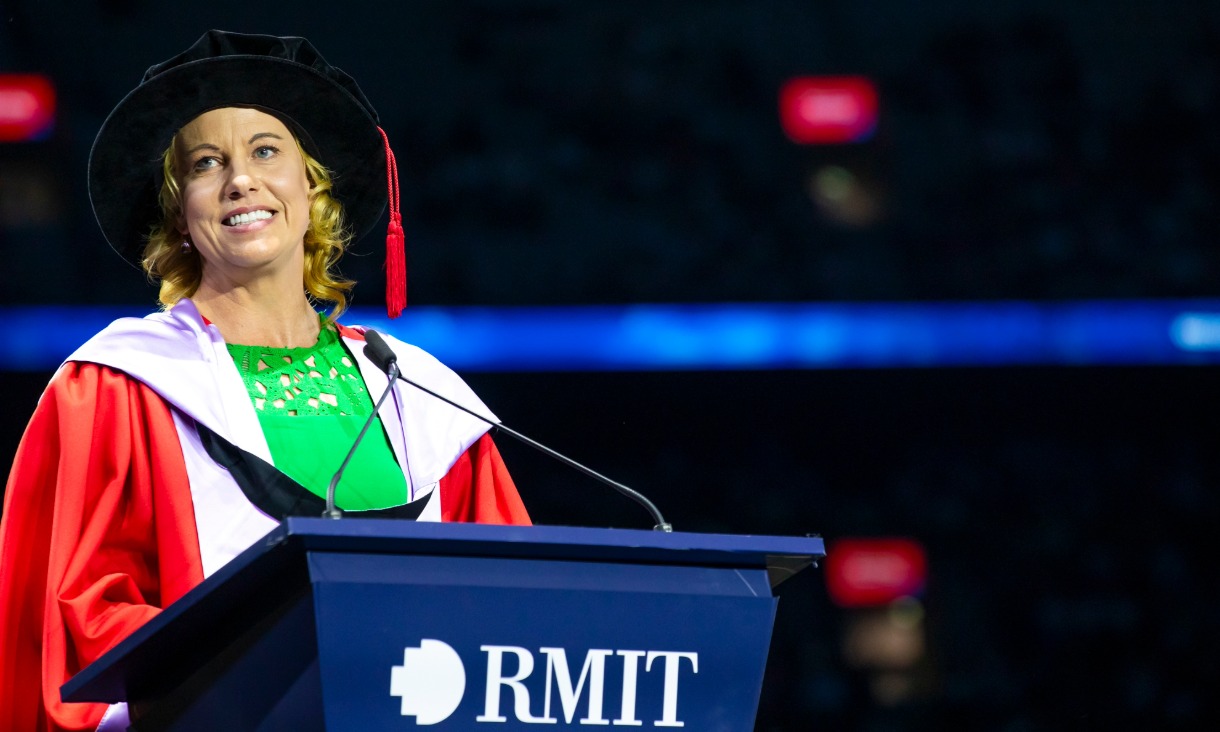Topics: housing, sustainability, climate change, cost of living, retrofitting, El Niño, heatwaves, preparing for summer now
Dr Trivess Moore, Senior Lecturer in the School of Property, Construction and Project Management
“Data from the past few weeks has highlighted we are at a critical and vulnerable point in time.
“We have just had the warmest week on record globally, and research found that more than 60,000 people died during heatwaves in Europe last year. Australia is not immune to such impacts. In fact, they will only get worse in the coming years.
“When it is cold, people don’t think of preparing their homes for summer. But now is the time to act – before we feel the effects of El Niño, which increases the risks of drought, heatwaves and bushfires.
“Our housing is critical to keeping communities safe as our climate changes. Evidence shows we can build or retrofit housing to require limited or no cooling during heatwaves and still remain thermally comfortable. This can improve health outcomes for households, such as improving sleep quality, as well as reducing cost of living outcomes through reducing energy consumption and associated energy bills.
“Our research at RMIT found there are a number of examples in Australia and around the world demonstrating how sustainable housing, and sustainable communities, can be delivered right now. We need to do more to learn from these leading examples from places like Europe and Canada and scale up sustainable housing and sustainable communities here.
“Our research shows there are a vast array of benefits from sustainable housing. However, we need policy makers, the construction industry and households to move beyond the narrow focus on environmental benefits and realise that wider social and financial benefits may be even more significant outcomes from sustainable housing.
“The longer we delay delivering the type of housing required for a changing climatic future, the more costly it will be to retrofit poor quality and under-performing housing in the future. Retrofitting will likely need to include:
- Sealing up gaps and cracks around doors, windows and walls.
- Improving or adding ceiling, wall and underfloor insulation. For those with a few practical skills, you can DIY this – but there are some safety issues to watch out for.
- Investing in good quality blinds or curtains; for example, honeycomb blinds are good at providing added thermal comfort. Make sure you put them down early on hot days to keep the heat out.
- Investing in outdoor shading – that pergola you want is actually an investment in cooling your home inside if it’s near a window.
- Replacing inefficient appliances like fridges, dishwashers, washing machines, dryers and heating and cooling systems with modern smart energy and water efficient appliances.
- Making sure you maintain your appliances. A simple clean of your heater filters will significantly improve performance and reduce costs.
- Adding solar panels and if you have solar panels, timing your big energy uses to when the sun is out and you are generating the most energy.
- Adding secondary glazing or window films, or undertaking full double-glazed window replacement.
- Getting rid of gas and moving to an all-electric house.
"Before jumping into a retrofit, you should seek an independent evaluation of the performance of your house which can tell you what the best bang-for-buck activities are.
“The Scorecard evaluation for houses in Australia is a really great starting point, as is information found on YourHome.gov.au.”
Dr Trivess Moore’s research focuses on the technical, social and policy aspects of how households and the housing sector will transition to a low carbon future. His new book, A Transition to Sustainable Housing, explores the need to rethink the way we plan, design, construct, use and retrofit housing.
***
General media enquiries: RMIT Communications, 0439 704 077 or news@rmit.edu.au







